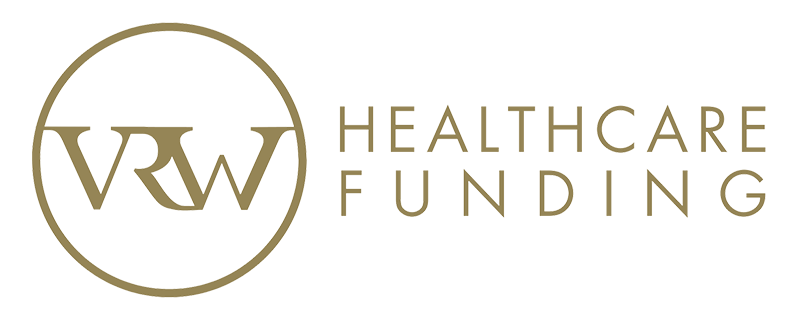Asset Finance Jargon Buster: Understanding the Technical Terms to Make Smart Business Decisions
When it comes to asset finance, there are a lot of technical terms that can be confusing to understand. Whether you’re a new business owner looking to finance equipment or a seasoned entrepreneur looking to update your machinery, it’s important to understand the jargon so you can make informed financial decisions. This blog post will serve as a jargon buster to help you understand the most commonly used terms in asset finance.
Terms to learn
Asset
An asset is any tangible or intangible item that has value and can be used to generate income or increase the worth of a business. In asset finance, the term refers to the item being financed, such as machinery, vehicles, or property.
Leasing
Leasing is a common method of asset finance. It involves paying for the use of an asset over a set period of time. The lessor (the finance company) owns the asset, while the lessee (the business owner) pays for its use through monthly payments. At the end of the lease term, the lessee can choose to either return the asset or purchase it for a set price.
Hire Purchase
Hire purchase is another form of asset finance that involves paying for an asset over a set period of time. However, in this case, the business owner owns the asset from the start and pays for it in instalments, with interest. Once all payments are made, the asset becomes theirs.
Depreciation
Depreciation refers to the decrease in value of an asset over time. This is an important consideration when financing assets. It can affect the resale value of the asset and the amount owed at the end of a lease or hire purchase agreement if a balloon is included. Understanding the depreciation of an asset can help you make smarter financial decisions.
Rental Profile
A rental profile is the profile of primary repayments made on the finance agreement. For example a 3+33 profile on a 3 year agreement means, 3 months upfront, followed by 33 monthly repayments.
Minimum Term
A type of lease agreement runs for a minimum term. It will continue after the minimum term ends until the agreement has been terminated. The continued payments are the primary term are known as secondary rentals.
Fixed Term
A different type of lease agreement where the repayments are fixed and will automatically end once all primary repayments have been made.
Sale and Leaseback
A finance agreement which involves a recently purchased company asset, such as equipment, being acquired by a finance company which in turn injects capital. Subsequently, the company leases back the asset from the finance, making regular fixed repayments.
Conclusion
The truth is we could write a book on asset finance terminology as there’s so many. The aim for this blog is too highlight the most common terms. Asset finance can be a complex topic, but understanding the jargon is key to making informed decisions for your business. By understanding terms like asset, leasing, hire purchase and more you’ll be better equipped to navigate the world of asset finance. You can make the right choices for your business. Remember to always seek the advice of a professional such as VRW Healthcare Funding before making any financial decisions. Also don’t be afraid to ask questions. With the right knowledge and support, you can set your business up for success. Reach out to us to see how this jargon buster can help you understand asset finance.





Leave a Reply
Want to join the discussion?Feel free to contribute!